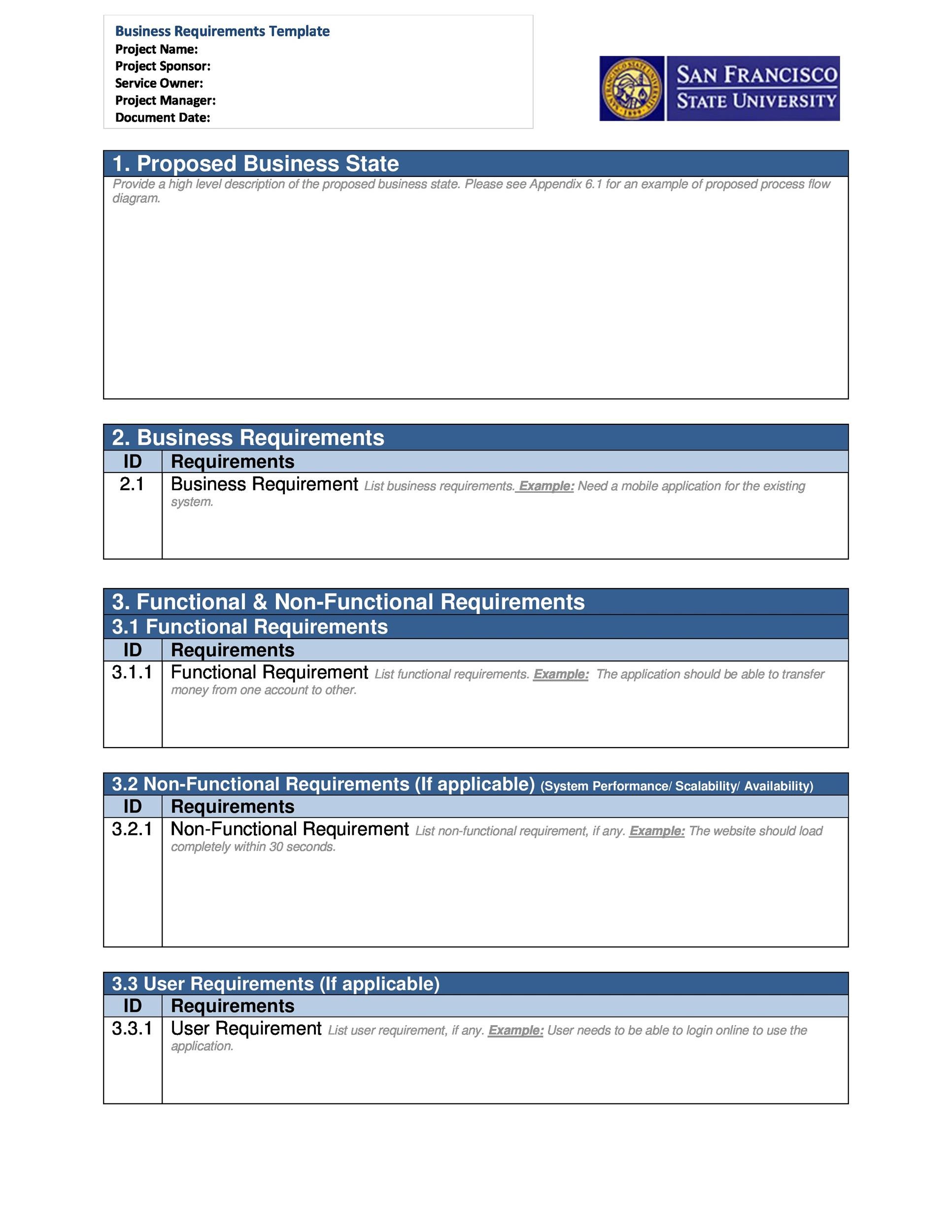High-level business requirements are crucial for outlining the business’s overall needs and goals. They are the foundation for developing a successful project plan. However, creating a comprehensive and effective high-level business requirements template can be challenging.
This article provides a step-by-step guide to writing a high-level business requirements template. It covers essential elements, structure, and tips for ensuring clarity and comprehensiveness. By following these guidelines, businesses can create a solid foundation for their project planning and development.

Defining High-Level Business Requirements
High-level business requirements outline the strategic objectives, business needs, and constraints of a project or initiative. They focus on the overall vision and outcomes, providing a framework for the detailed requirements that will be defined later. High-level business requirements are typically used by stakeholders, project managers, and business analysts to develop a shared understanding of the project’s scope and goals.
They serve as a central reference point during the project development process, ensuring that all stakeholders are aligned and working towards common objectives. High-level business requirements should be clear, concise, and comprehensive, providing a strong foundation for subsequent design and development efforts.
Crafting a High-Level Business Requirements Template
An effective high-level business requirements template should include several key elements. The template should start with a brief project overview, outlining the project’s objectives, scope, and timeline. This overview provides context and sets the stage for the detailed requirements that follow.
Next, the template should include a section for stakeholder analysis. Stakeholder analysis identifies the groups or individuals who will be impacted by the project and defines their roles, responsibilities, and expectations. This information is essential for understanding the different perspectives and needs that must be considered during the project’s development.
Additional Elements of a High-Level Business Requirements Template
In addition to the project overview and stakeholder analysis, a high-level business requirements template should also include sections for:
- Business Goals and Objectives: Clearly define the specific business goals and objectives that the project aims to achieve. This section should outline the desired outcomes and benefits of the project.
- Functional Requirements: Identify the core functionalities that the project must deliver to meet the business goals. These requirements should be specific, measurable, achievable, relevant, and time-bound.
- Non-Functional Requirements: Specify the quality attributes that the project must adhere to, such as performance, security, reliability, and scalability. These requirements ensure that the project meets the business’s technical and operational needs.
Conclusion
Following these guidelines will enable you to create a high-level business requirements template that is comprehensive, clear, and aligned with business objectives. Such a template will serve as a valuable foundation for subsequent project planning and development efforts, ensuring that all stakeholders are aligned and working towards a common goal.
Remember, a high-level business requirements template is an iterative document that may need to be refined and updated as the project progresses. By regularly reviewing and updating the template, you can ensure that it remains an accurate and valuable reference point for all project stakeholders.

